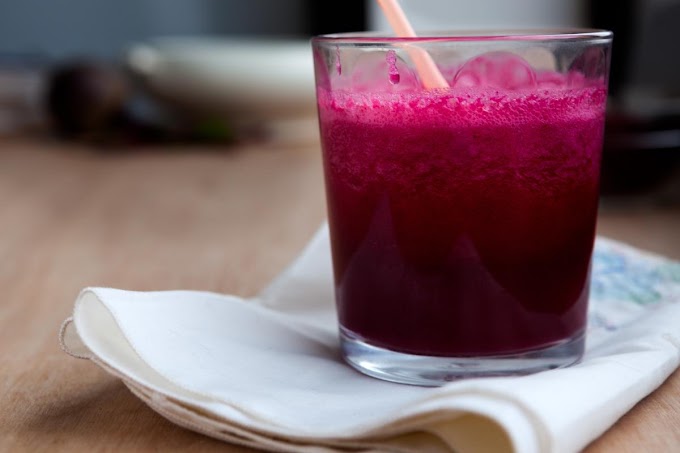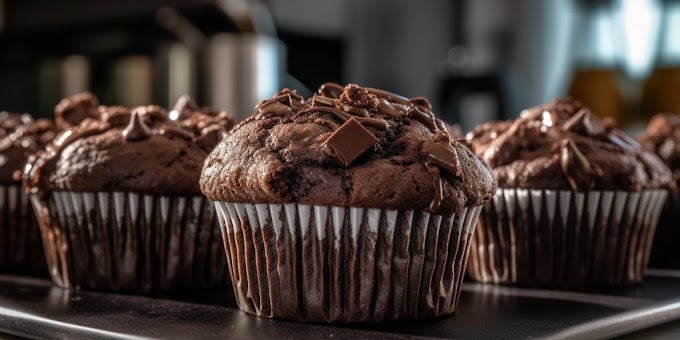1. Choose the Right Flour
The type of flour you use in your cake has a significant impact on its texture. Cakes require a soft, fine crumb, and this comes from using the correct flour. Cake flour is the ideal choice because it has a lower protein content than all-purpose flour, which results in a more tender cake. The lower protein means less gluten formation, which can otherwise make the cake dense and tough.
If you don’t have cake flour on hand, you can make a substitute by mixing all-purpose flour with cornstarch. For every cup of flour, remove two tablespoons of all-purpose flour and replace it with two tablespoons of cornstarch. Sift them together several times to ensure even distribution. This trick mimics the texture of cake flour and helps create a softer cake.
2. Cream the Butter and Sugar Properly
One of the most critical steps in cake-making is creaming the butter and sugar together. This process incorporates air into the batter, which helps make the cake light and soft. To cream butter and sugar properly, ensure that the butter is at room temperature. If it’s too cold, it won’t mix well, and if it’s too soft, it can become greasy, preventing air from being trapped.
Use an electric mixer to beat the butter and sugar together on medium speed for about 3-5 minutes, or until the mixture is light and fluffy. This step should not be rushed, as it is essential for creating the base structure of your cake. The air incorporated during this process helps the cake rise and gives it a delicate texture.
3. Don’t Overmix the Batter
While creaming the butter and sugar is essential for air incorporation, overmixing the batter once the flour is added can have the opposite effect. Overmixing activates the gluten in the flour, leading to a dense and chewy texture. To prevent this, mix the dry ingredients with the wet ingredients just until they are combined. Once the flour is fully incorporated and there are no visible streaks, stop mixing.
If you’re using an electric mixer, switch to the lowest speed when combining the dry ingredients or mix by hand using a spatula. This gentle mixing will help maintain the air bubbles that were created during the creaming stage, resulting in a softer cake.
4. Use Buttermilk or Sour Cream
Adding buttermilk or sour cream to your cake batter is a tried-and-true method for achieving a soft and moist cake. Both of these ingredients contain acids that react with the baking soda, creating carbon dioxide bubbles that help the cake rise and become fluffy. Buttermilk also contributes to the tenderness of the cake due to its fat content and acidity.
If you don’t have buttermilk on hand, you can make a quick substitute by adding one tablespoon of lemon juice or vinegar to one cup of milk. Let the mixture sit for about 5-10 minutes, and you’ll have a buttermilk substitute that can help make your cake soft and moist.
5. Add Baking Powder and Baking Soda
Leavening agents like baking powder and baking soda are crucial for the cake’s rise and softness. These agents create gas bubbles that expand when heated, resulting in a light and airy cake. However, it’s important to use the right amount. Too little can make the cake dense, while too much can cause it to rise too quickly and then collapse, leading to a heavy texture.
Always follow the recipe for the correct measurements of baking powder and baking soda. If your baking powder is more than six months old, it might not be as effective, so be sure to use fresh leavening agents to achieve the best results.
6. Incorporate Eggs Carefully
Eggs play a crucial role in providing structure to a cake, but they can also affect its texture. To keep your cake soft, it’s essential to strike the right balance with eggs. Using too many eggs can make the cake dense, while too few can result in a flat, dry cake.
Most cake recipes call for eggs to be added one at a time, beating well after each addition. This method helps to fully incorporate the eggs into the batter and evenly distribute the fat, which aids in achieving a soft and fluffy texture. Make sure the eggs are at room temperature before adding them to the batter, as this ensures better incorporation and prevents the batter from curdling.
7. Fold in Dry Ingredients Gently
When it’s time to add the dry ingredients to the wet mixture, it’s essential to fold them in gently. Folding is a technique that helps to incorporate the ingredients without deflating the air bubbles trapped in the batter. Use a spatula and fold in a figure-eight motion, being careful not to overmix. This will prevent gluten development and ensure your cake remains soft and tender.
8. Add Oil for Extra Moisture
Oil is a common ingredient in many cake recipes, especially those that need to be exceptionally moist, like carrot cakes or chocolate cakes. Oil doesn’t trap air as well as butter does, but it helps retain moisture better, which keeps the cake soft for longer. You can substitute part of the butter in your recipe with oil for a softer cake.
Canola oil, vegetable oil, or even olive oil can be used depending on the flavor profile of your cake. If you don’t want to replace the butter completely, consider using a mix of butter and oil to get the benefits of both ingredients.
9. Avoid Overbaking the Cake
One of the most common reasons a cake turns out dry is overbaking. Even if you follow all the steps for making the cake soft, leaving it in the oven for too long can dry it out. To avoid this, check the cake for doneness a few minutes before the recommended baking time.
Insert a toothpick into the center of the cake, and if it comes out with a few moist crumbs clinging to it, the cake is done. If the toothpick comes out completely clean, the cake might be overbaked. It’s better to slightly underbake than overbake, as the cake will continue to cook slightly as it cools.
10. Use a Simple Syrup
If your cake turns out a bit dry or you want to ensure it stays moist for an extended period, a simple syrup can work wonders. Simple syrup is made by dissolving equal parts of sugar and water, and you can add flavorings like vanilla or citrus zest for extra depth.
Once the cake is baked and cooled slightly, brush the simple syrup over the layers. The syrup adds moisture without making the cake soggy, and it helps maintain the cake’s softness for longer, especially if it will be stored for a day or two before serving.
Conclusion
Baking a soft and fluffy cake is not just about following a recipe but also understanding the science behind the ingredients and techniques. By choosing the right flour, creaming your butter and sugar properly, using the right leavening agents, and avoiding overmixing or overbaking, you can consistently achieve a soft, tender cake. With these tips, your next cake is sure to impress, delight, and melt in your mouth with every bite!








Social Plugin